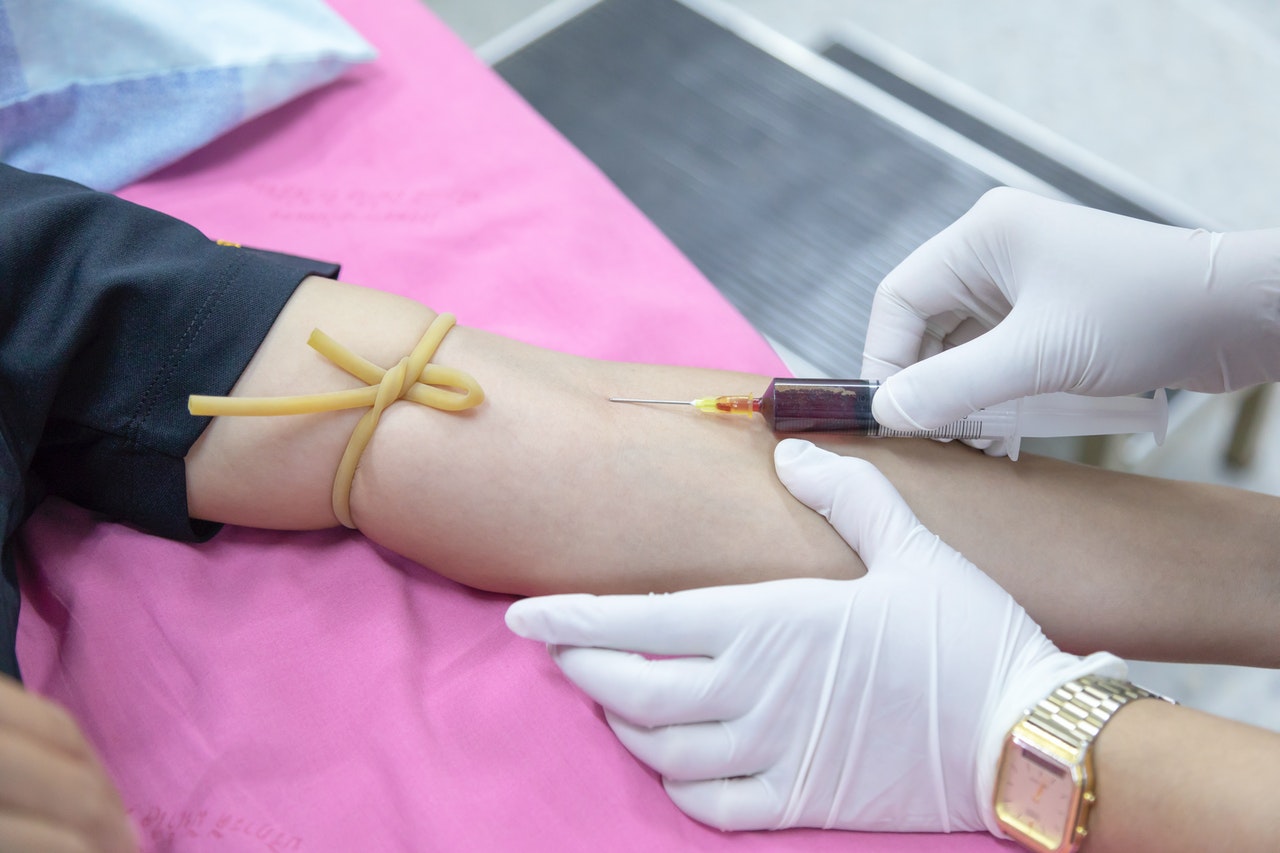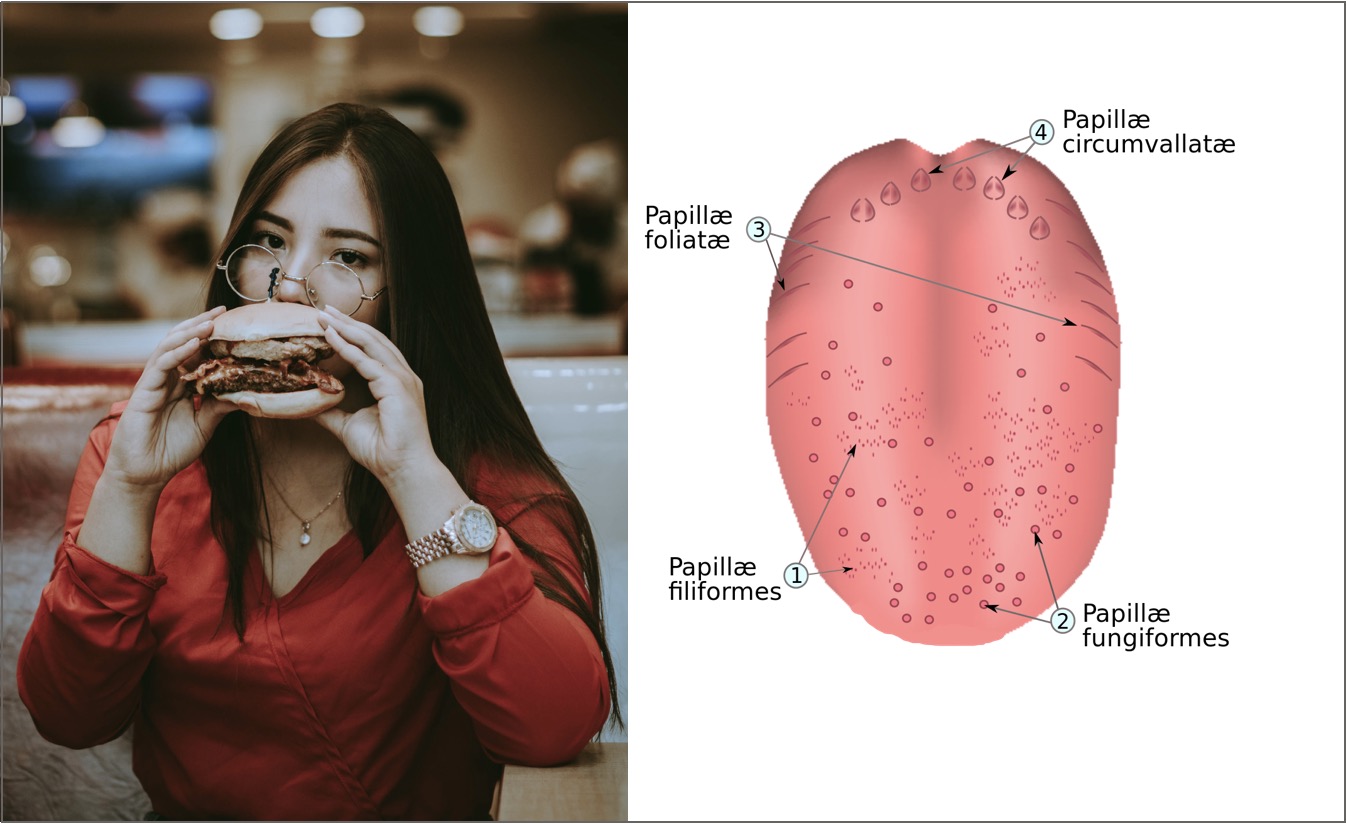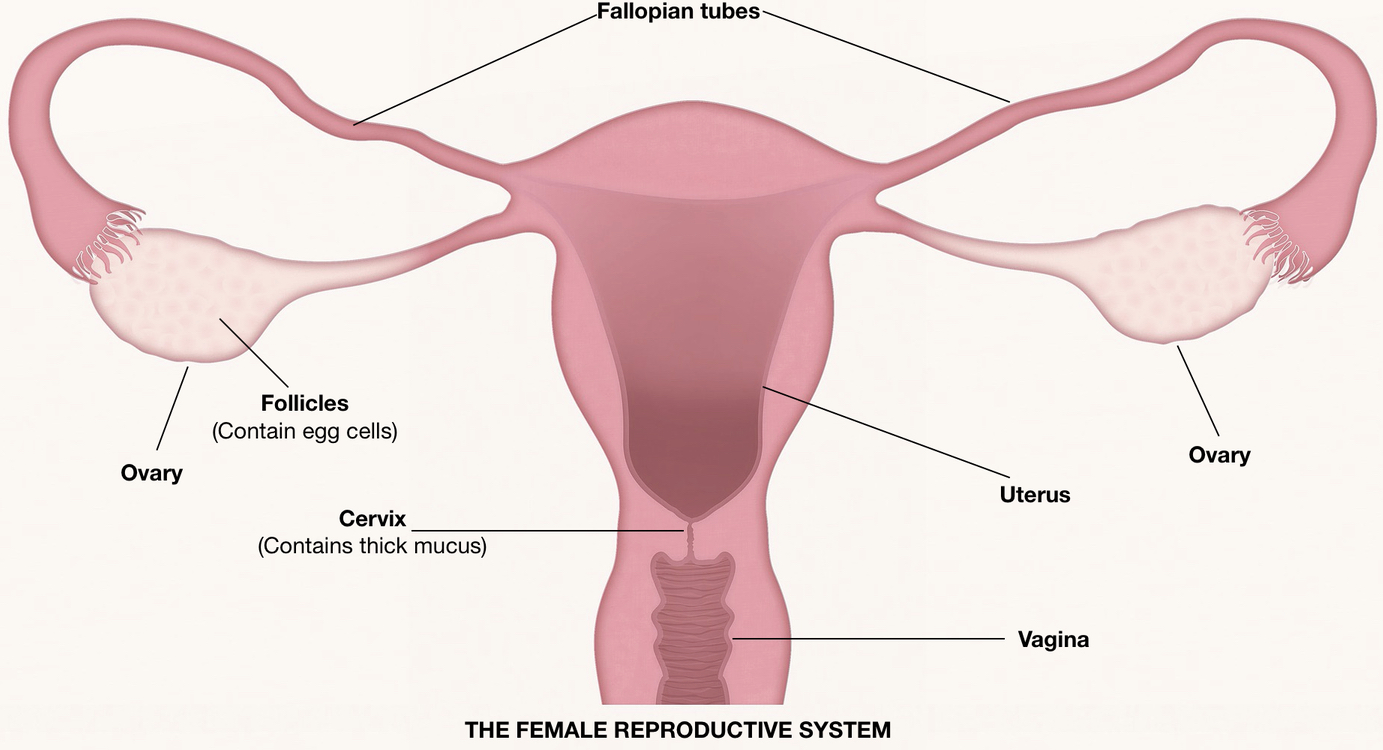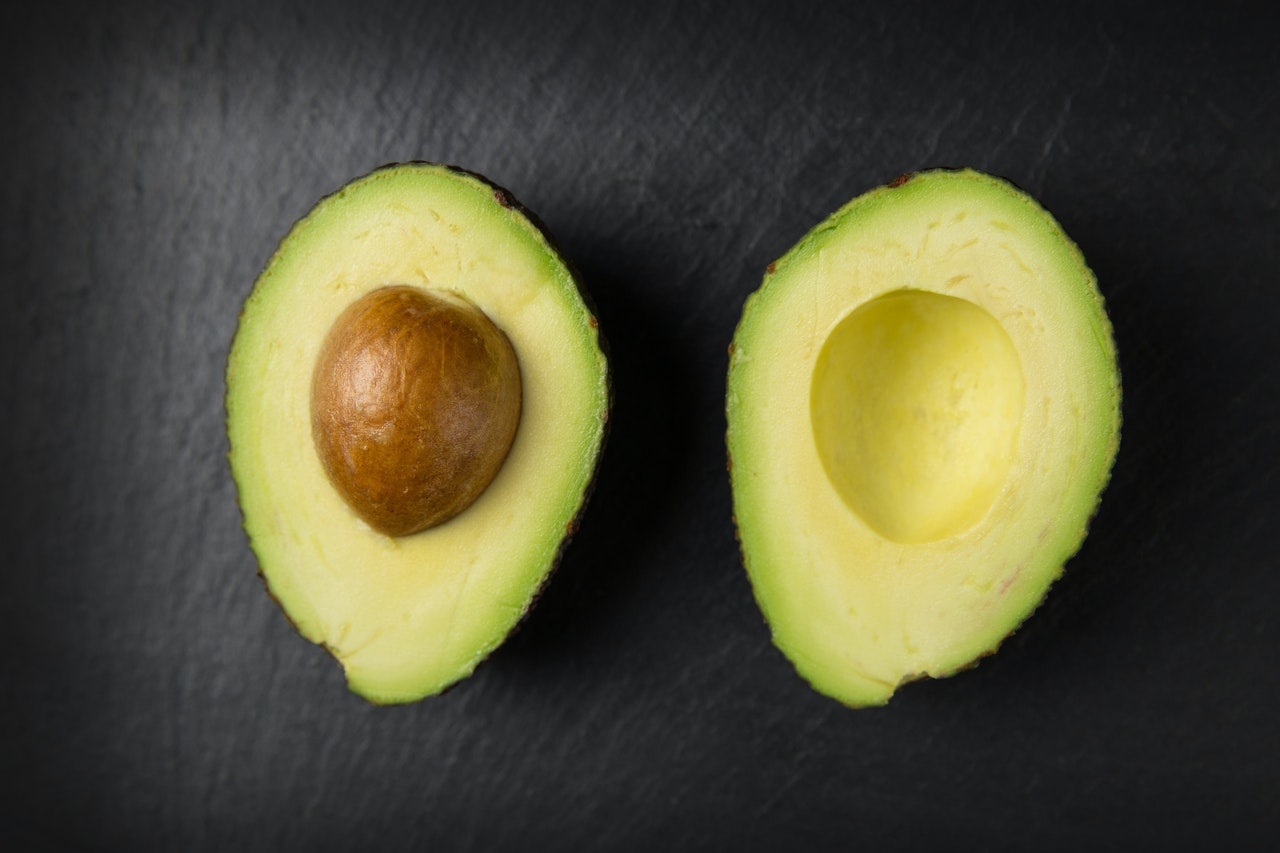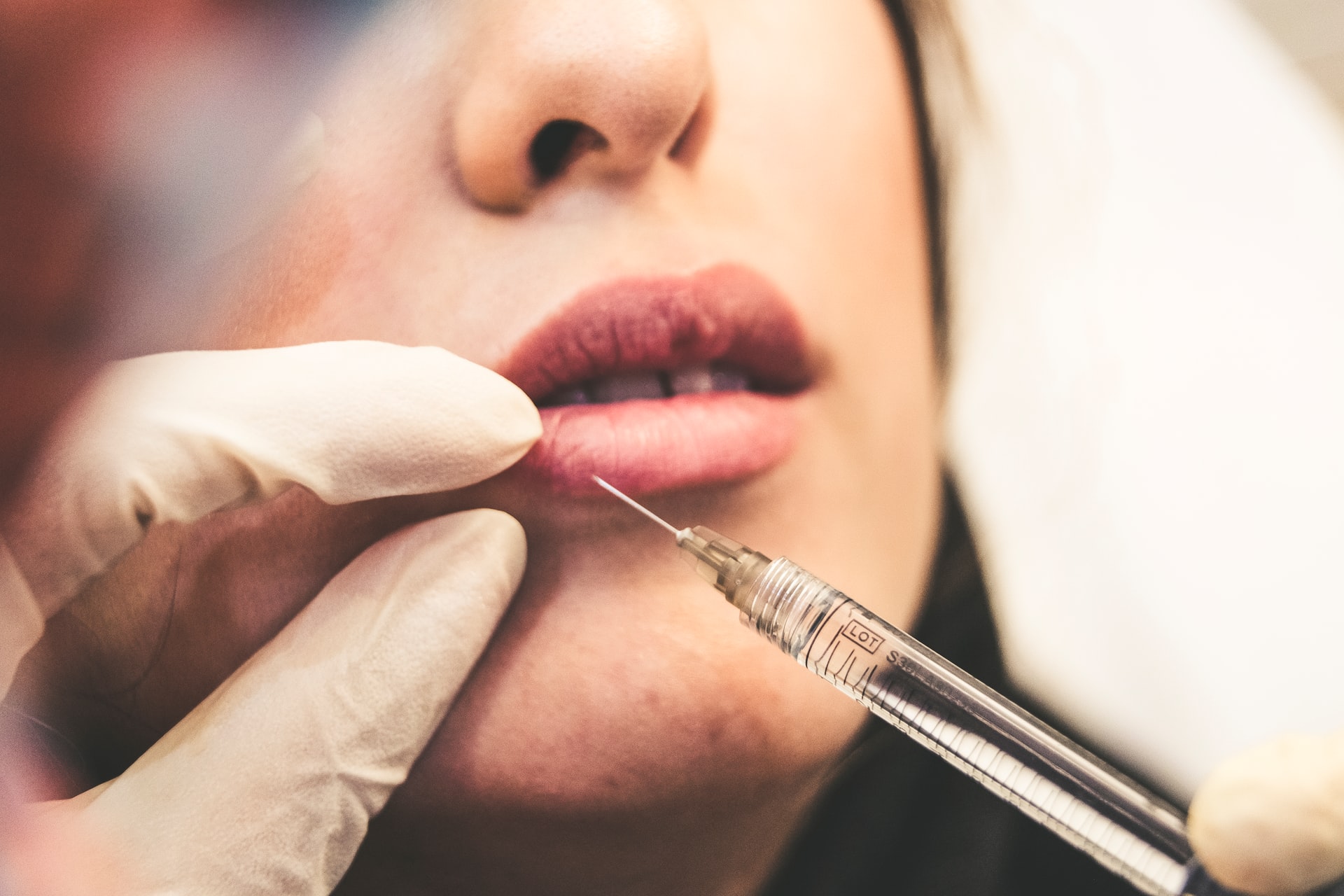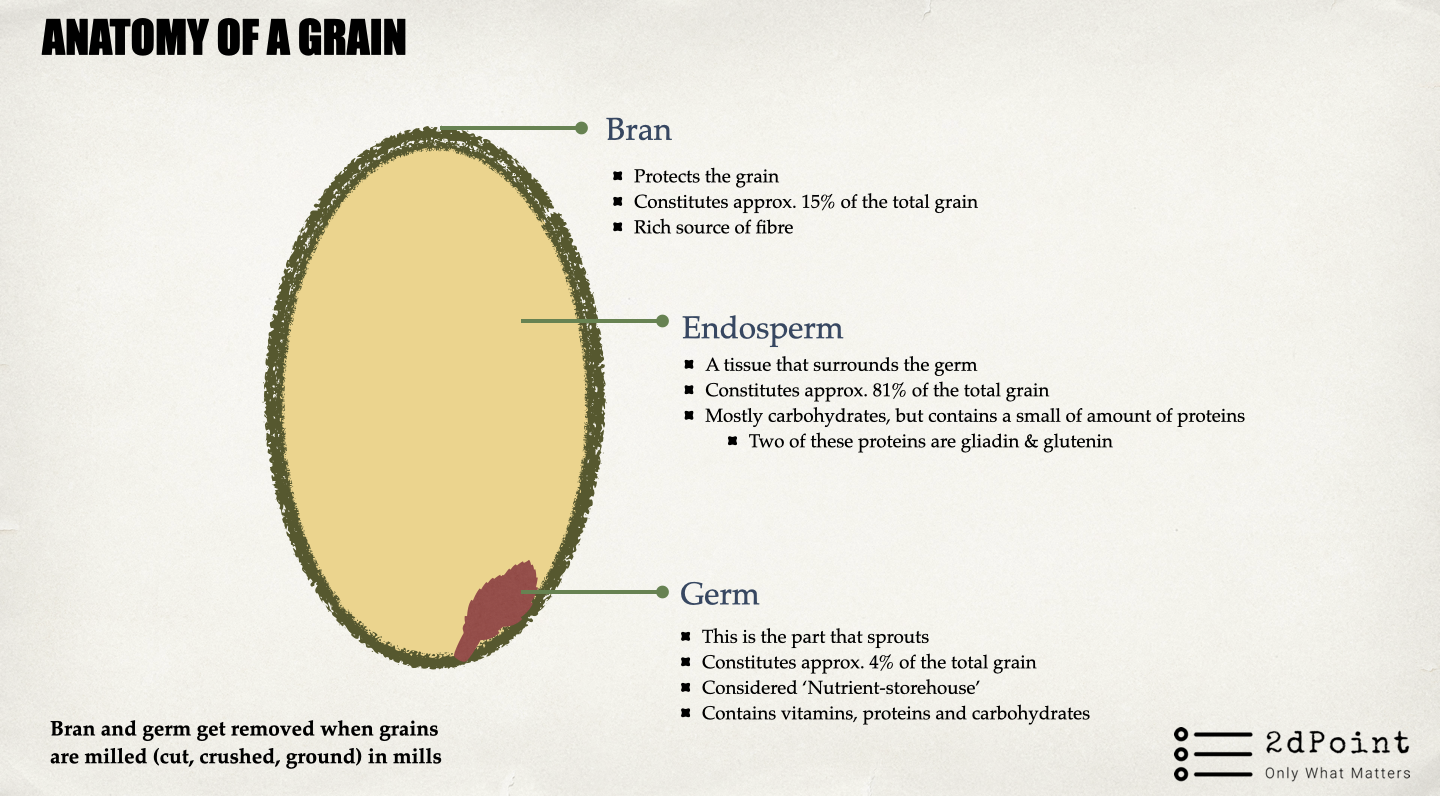Reading Time: 2 minutes
- Reason 1: Women are physically smaller than men.
- Women are 15%-20% smaller than men; on average, men are at least 10 kgs heavier and 11 cms taller than women.
- When you are smaller, the alcohol travels through your body quicker and, all other factors being equal, impacts you more than it impacts someone heavier and taller.
- Reason 2: The average adult male is about 60% water while the average adult female is about 55% water.
- The body-impairment we experience after drinking alcohol is caused by the amount of alcohol that reaches our brain through the bloodstream.
- Much of the water in the human body is in the blood, and more water in blood means more dilution before the alcohol reaches our brain.
- This means that even if a man and a woman had the same height & weight, the woman will get a higher concentration of alcohol and thus more impact.
- Reason 3: Women produce smaller quantities of an enzyme called Alcohol DeHydrogenase (ADH).
- Upon consumption, alcohol enters the stomach, then the small intestine, and then through the blood, it reaches the liver.
- The liver knows that alcohol is bad and it tries to break down as much alcohol as possible into acetic acid, which gets broken down further into CO2 & water and released from the body.
- To achieve this, the liver uses two enzymes – ADH & ALDHAcetaldehyde DeHydrogenase – and since women produce smaller quantities of ADH, more alcohol travels to the brain.
- Reason 4: Higher estrogen levels in women.
- A female body goes through many changes each month to support reproduction.
- One of these changes is an increase in the amount of estrogen (one of the primary female sex hormones) for a few days in a month.
- Research has found that the brain’s sensitivity, especially of the rewarding region of the brain, VTA, increases significantly when the estrogen levels are high.
- This means that the pleasure-enhancing abilities of alcohol are increased during this time, making the women less in control and more drunk.
- This factor may also play a role in the development of alcohol-addiction in women.
Image courtesy of Natalie through Pexels
Reference shelf :





